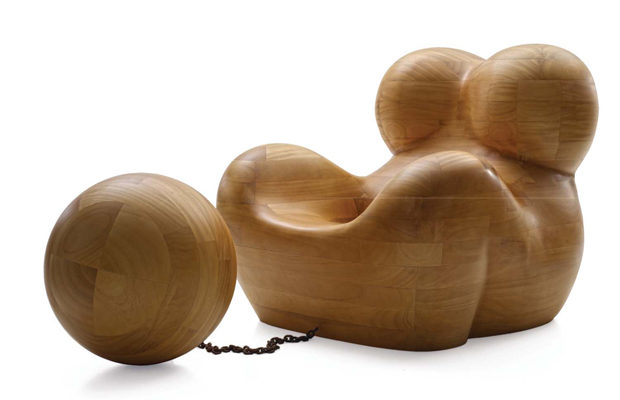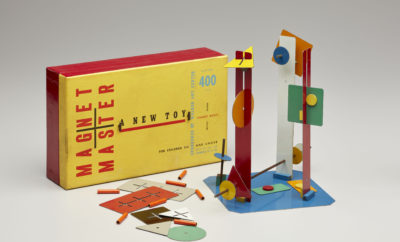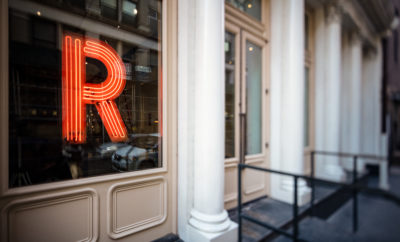 photo courtesy Gaetano Pesce's Office
photo courtesy Gaetano Pesce's Office
Exhibition
Gaetano Pesce: Homage to the Master in a Major Rome Retrospective
“I find him more interesting than any other industrial designer,” says the collector Alberto Eiber of Gaetano Pesce. “Everything is an experiment and unique. It is purposeful that each piece is imperfect and irregular.” Eiber, who lives in Miami Beach, is a major collector of Pesce’s work, both large and small, and has followed his career for several decades.
This summer, a major retrospective devoted to Pesce’s work will open at MAXXI, the Roman museum devoted to art and architecture of the twenty-first century. The exhibition will include some eighty pieces conceived and executed during Pesce’s full career, from the 1960s, when, starting in his student years in Venice, he was part of the collective Grupo N, to the present. He has lived in New York since 1980 and before that, resided in Paris for fifteen years.
Pesce’s work ranges from architecture, interior design, and urban planning to industrial and furniture design and art. It is generally figurative (if in an abstract way) and often fulsome. He has long used unexpected materials and ideas to explore difficult and emotionally charged contemporary themes from love and peace to violence and war—often expressed in complex, even contradictory, and yet compelling ways. “I think he is on a different level,” Eiber says.
At MAXXI, Gaetano Pesce: The Time of Diversity (June 26 to October 5) will rely on an unusual exhibition design in which the works will be displayed on moveable panels, allowing visitors to change the order, the point of view, and the organization. Pesce describes it as being like a “mutant labyrinth” that is intended to express his notion that diversity is fundamental to life. One gallery will be given over as “the ice room,” to be kept at a frigid temperature and featuring a video installation that will address such concepts as the difference between “official time” (which is the division of the year into months, weeks, days, hours, minutes and is what we live by, tracking them on our watches, cell phones, and clocks) and the more metaphysical or existential notion that no two instances of time are ever, in our lives, exactly alike.
The museum’s courtyard will feature an eight-meter (somewhat more than twenty-six feet) version of Pesce’s famously anthropomorphic UP chair (based on the female body) that will actually be a structure housing video installations dealing with the global issues affecting women (the idea is for visitors to enter into the “womb” of the chair, which was designed forty-five years ago). Pesce conceived this as both a celebration of his most iconic design and as a cautionary message, which only underscores the depth and intricacy of his thinking.












